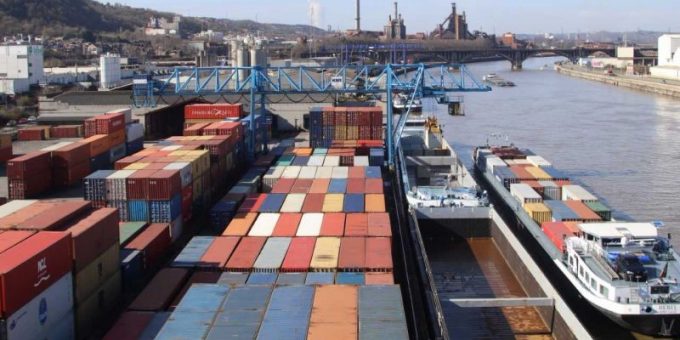Southern German supply chains hit as flooding closes rail and road connections
Shipping lines and intermodal operators have warned shippers of disruptions to road and rail freight ...

Congestion on Europe’s inland waterways is at its lowest since 20 April, but two sunken vessels continue to cause delays at Liege, and now new storms are threatening the region.
Belgium’s meteorological institute (IRM) has issued thunderstorm warnings for today, with the Walloon province under a yellow warning and the west of the country upgraded to the more serious orange warning.
The IRM said: “Cumulative amounts of rain could reach 10-30 litres per square metre in a short time, even intensifying to ...
Comment on this article